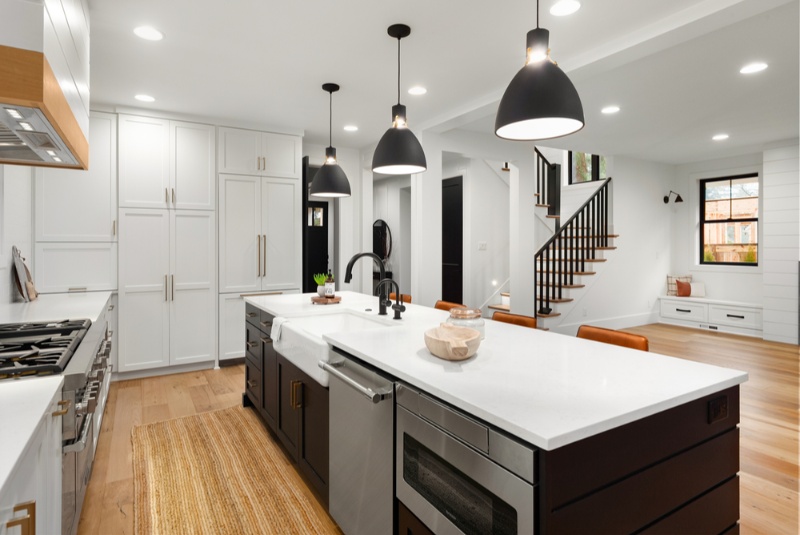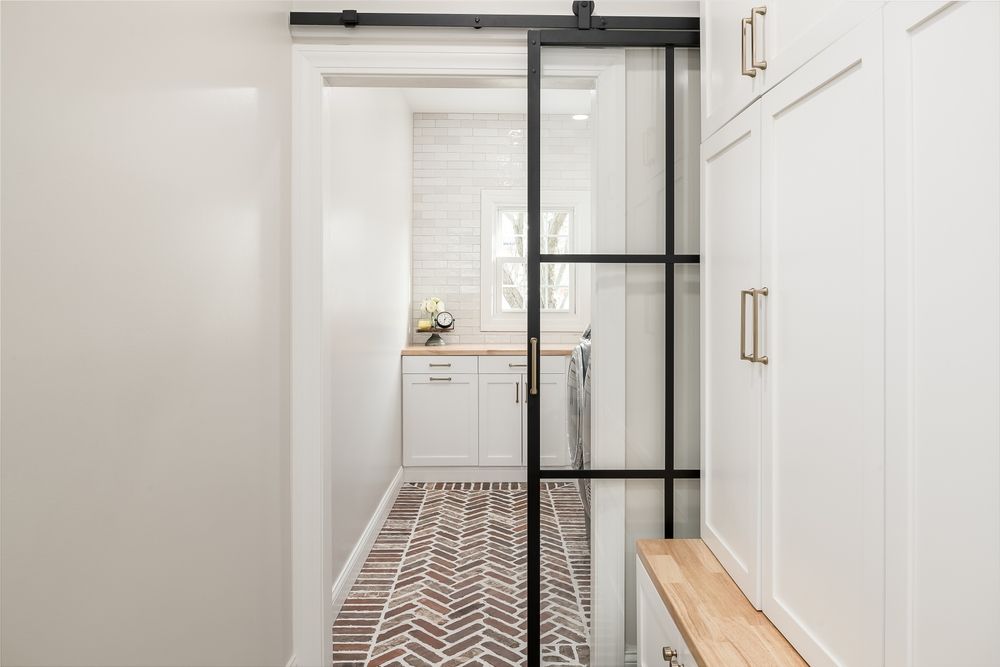Lighting is a fundamental aspect of your home that extends far beyond mere functionality. It possesses the power to transform your living spaces, adding depth, character, and a unique ambiance to each room. The choices you make regarding lighting can significantly impact the aesthetics of your home, boost energy efficiency, and even contribute to your overall well-being. In this comprehensive guide, we will delve into the essential factors you should consider when selecting lighting solutions for your home, ensuring that you make informed and intelligent choices.
Understanding the Basics
1. Lighting Types
Before diving into the world of lighting, it's crucial to understand the various types available:
- Ambient Lighting serves as the primary source of light in any room, whether it emanates from natural light sources like windows or artificial fixtures such as chandeliers, ceiling lights, or wall-mounted lamps.
- Task Lighting is designed to assist in specific activities, such as reading, cooking, or working on a computer. Task lighting fixtures encompass desk lamps, under-cabinet lights, and vanity lights.
- Accent Lighting is used to draw attention to particular areas or objects within a room, such as paintings, sculptures, or architectural features. This type of lighting not only creates focal points but also adds depth and dimension to your space.
2. Colour Temperature
The color temperature of light plays a crucial role in setting the mood and atmosphere of a room. Here are the primary color temperature options:
- Warm White (2700K – 3000K): This range creates a cozy, inviting ambiance, making it ideal for spaces like living rooms and bedrooms.
- Cool White (3500K – 4100K): Cooler temperatures provide brighter, more alerting lighting, making them suitable for areas like kitchens, bathrooms, or workspaces.
- Daylight (5000K – 6500K): Daylight-simulating temperatures lend a vibrant and energetic feel to spaces, mimicking the natural light of the outdoors.
Selecting the Right Bulb
Now that you have a grasp of the basic lighting concepts, let's explore the various types of bulbs available and their respective pros and cons:
1. Incandescent
- Pros: Incandescent bulbs emit soft, warm light and are generally inexpensive.
- Cons: They are not energy-efficient and have a shorter lifespan compared to newer alternatives.
2. Compact Fluorescent (CFL)
- Pros: CFLs are energy-efficient and have a longer lifespan than incandescent bulbs.
- Cons: They contain a small amount of mercury, which poses an environmental concern, and they may take some time to reach full brightness.
3. Light Emitting Diodes (LED)
- Pros: LEDs are extremely energy-efficient, have a long lifespan, and are available in various color temperatures.
- Cons: They tend to be more expensive upfront, and not all LED bulbs are dimmable.
4. Halogen
- Pros: Halogen bulbs produce bright, white light, are dimmable, and are relatively efficient.
- Cons: They generate heat and have a shorter lifespan compared to LEDs and CFLs.
Technical Specifications
Understanding technical specifications is crucial when choosing the right lighting for your home:
- Lumens: This measures the brightness of a bulb.
- Watts: Indicates the energy consumption of the bulb.
- Color Rendering Index (CRI): Reflects how accurately colors are portrayed under the light source. Higher CRI values are desirable for areas where color accuracy is essential.

Design and Functionality
Now that you've considered the basics and selected the appropriate bulb type, let's delve into design and functionality aspects:
1. Smart Lighting (Word Count: 35)
- Smart lighting systems offer remote control of your home lighting through smartphones or smart home assistants. They often include features like dimming, color temperature adjustment, and scheduling, allowing you to customize your lighting experience.
2. Dimmers (Word Count: 28)
- Dimmers enable you to adjust the brightness of your lighting, creating different moods while conserving energy. Ensure that your chosen lighting fixtures are compatible with dimmers for optimal functionality.
3. Sensors (Word Count: 24)
- Motion sensors can automate your lighting, ensuring that lights are only active when necessary. This not only saves energy but also adds convenience to your daily life.
Energy Efficiency and Sustainability
Opting for energy-efficient and sustainable lighting solutions is not only environmentally responsible but also financially savvy. Consider the following:
- Select lighting solutions that consume less energy, reducing your home's carbon footprint and utility bills.
- Choose bulbs with longer lifespans to minimize the frequency of replacements, further contributing to sustainability.
Consult a Professional
For complex lighting setups or to achieve a specific aesthetic, it might be beneficial to consult a professional lighting designer. Their expertise can ensure that your lighting design aligns with your vision and functional needs.
Budget
While it's tempting to opt for budget-friendly lighting solutions, it's essential to view lighting as a long-term investment. Prioritize quality and longevity over initial cost to ensure that your lighting serves you well for years to come.
Practical Tips for Smart Buying
Here are some practical tips to guide your lighting purchases:
- Test Before You Buy: Whenever possible, test different lighting solutions in your home to gauge their compatibility with your space.
- Multipurpose Lighting: Consider fixtures that can serve multiple purposes, helping you save on costs and space.
- Natural Lighting: Maximize natural light by strategically placing mirrors to reflect light into darker areas.
- Layer Your Lighting: Combine various types of lighting to create a versatile and dynamic lighting scheme that suits different activities and moods.
In conclusion, your home is your sanctuary, and the right lighting can transform every corner, making spaces warm, inviting, and highly functional. This guide provides you with the knowledge and insights to make informed decisions when selecting lighting solutions for your home. With a plethora of options at your disposal, a smart buying strategy involves balancing aesthetics with functionality while prioritizing energy efficiency and sustainability. Remember, the best lighting solution is one that caters to your needs while elevating your home with style and grace.




